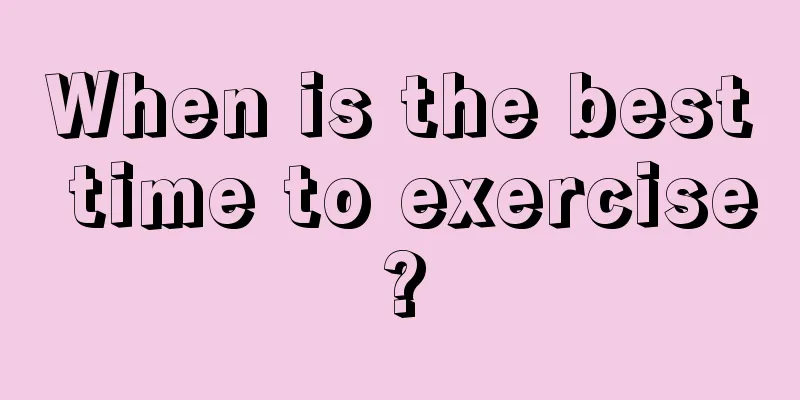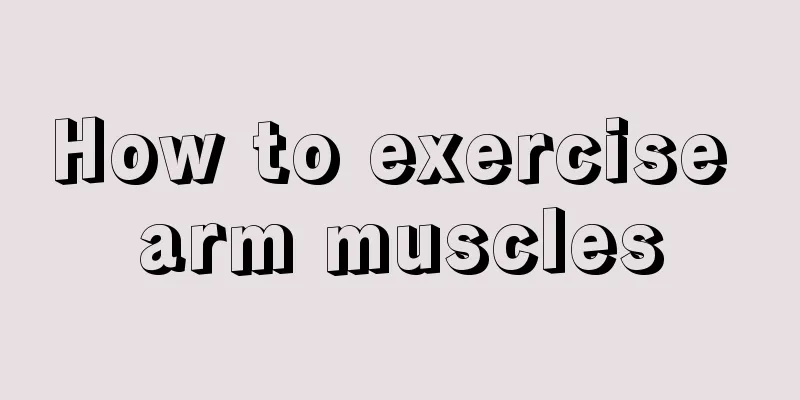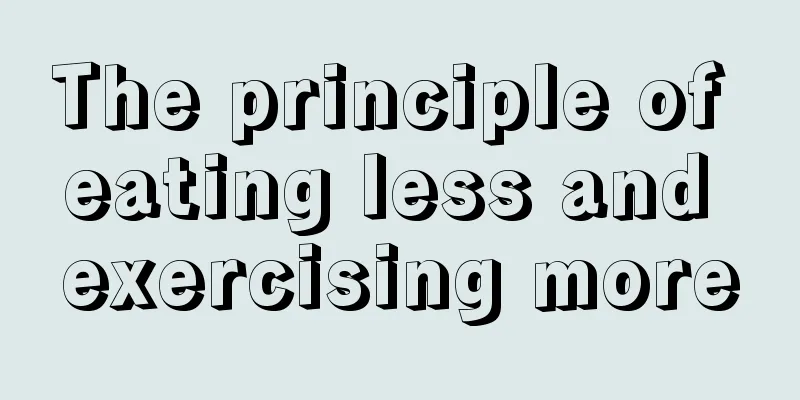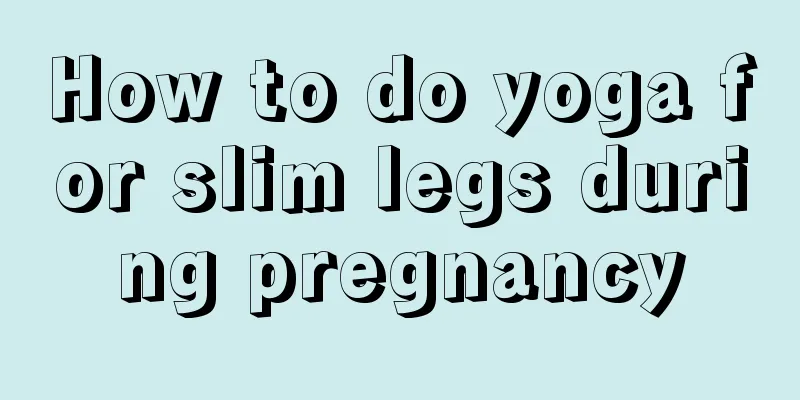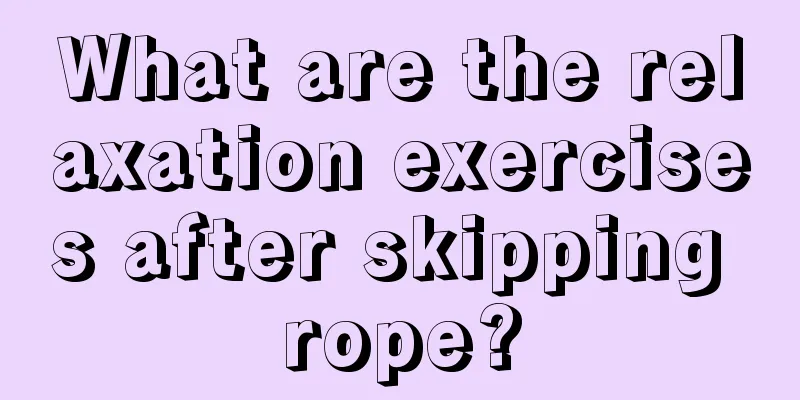Why do my arms hurt when I do push-ups?
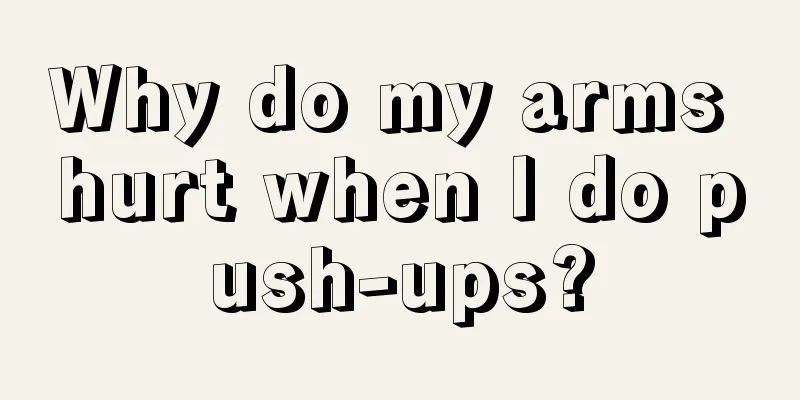
|
Push-ups are a classic exercise for training chest muscles. Although it seems simple, many people do not do it in the correct way, which leads to the wrong parts of the muscles being trained. Using push-ups to train chest muscles without proper movements will greatly reduce the training effect. This is why many people feel sore arms after doing push-ups but no feeling in their chest muscles. The following editor will introduce the reason in detail. When doing push-ups, one thing you need to pay special attention to is that as your body lowers, your elbows should open outwards instead of pointing their tips behind your body. Otherwise, the muscles in the front of your shoulders will bear too much weight, and the focus of the exercise will not be on the pectoral muscles, but on the triceps, anterior deltoids and back muscles. The correct approach is: Spread your arms slightly wider than your shoulders; support your body with your toes and use your waist and abdomen to control your torso into a straight line; then spread your elbows to the sides and slowly lower your body until your upper body is close to the ground; pause briefly, then control and return to the original position, concentrating your mind on your chest muscles, and when your elbows are almost straight, immediately proceed to the next movement. As you gain strength, you can increase the difficulty by placing your feet on steps. Action rhythm: Go down slowly and go up quickly. Breathing Techniques: Exhale when your muscles contract and inhale when they stretch. Go down and inhale, come up and exhale Since push-ups use the body's own weight as resistance, the intensity is far from enough as a strength training exercise. Therefore, fitness enthusiasts who "want to develop strong pectoral muscles" are advised to choose training exercises with higher loads such as barbell bench press, parallel bar dips or weighted push-ups, and use push-ups as a warm-up before training. Why do I feel no pain in my chest but pain in my arms when I do push-ups? First of all, the chest muscles are too weak, which leads to excessive leverage of the arms. In fact, in the bench press, the pectoralis major is the prime mover, and the triceps, which is the muscle on the back of your arm, is a co-motor, assisting the chest in exerting force. Of course, the force ratio will be different at different arm angles. For example, with a narrow grip bench press or elbow push-ups, the force will be more biased towards the middle seam between the triceps and pectoralis major. The above is the reason why your arms will be sore when doing push-ups. I think you have solved your doubts now. In order to do push-ups correctly, you should try your best to feel the strength of the pectoralis major muscles during training. When the pectoralis muscles feel very sore and swollen, it means the feeling is right. You may not feel this feeling at first, but you will be able to feel it if you persist and patiently ponder it. |
<<: What is the Swim Fitness Program?
>>: How to do strength training for teenagers?
Recommend
Will abdominal exercises be effective?
The sports abdominal machine mainly achieves the ...
What are the precautions for practicing Qigong?
Practicing qigong is very beneficial to the body....
How to lose weight by practicing yoga
Many people want to do yoga, but because they are...
Running can reduce belly fat
Can running reduce belly fat? As a girl, we all w...
What are the benefits of running without eating at night?
Running is a very good form of exercise, especial...
What should you pay attention to when warming up in the gym?
Nowadays, people always like to go to the gym to ...
How to slim down your calves with yoga
Yoga weight loss is a new weight loss method nowa...
What is lower limb mobility disorder?
In the eyes of people today, square dancing is no...
What are the benefits of running?
Running is a sport that is very familiar to each ...
Can I drink water after exercising?
After we finish physical exercise, our body may b...
How to train your arms at home
Many people have little time to go to the gym to ...
How to prevent heat stroke during exercise?
Many people suffer from heatstroke during exercis...
Which is better for weight loss, jogging or brisk walking?
If you only rely on diet pills or dieting to lose...
Can I lose weight using a home treadmill?
Now many families are relatively wealthy, so it i...
Five spring exercise myths: Don't exercise like crazy to exhaustion
The warming weather in spring stimulates people&#...


